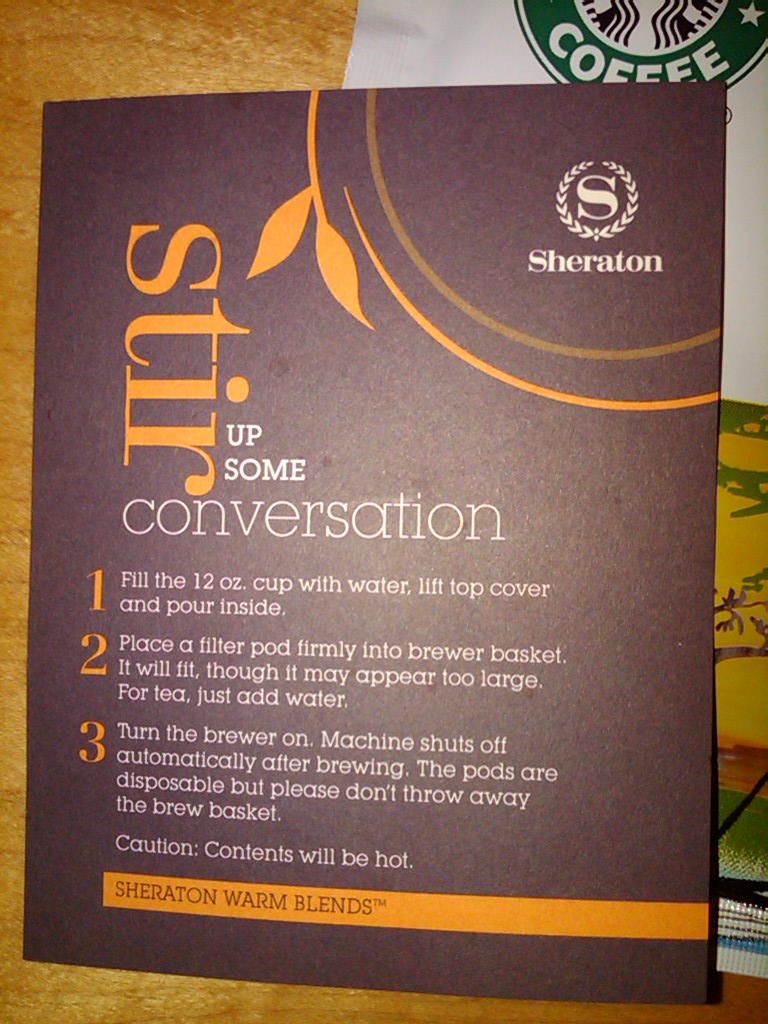The best line I've read all year, and trying not to deliver what's expected
A few days ago, in this piece, Marketview: Huge in Japan on the finance blog Dynamic Hedge, I read what I believe to be the best line I have read anywhere this year, and quite possibly my favorite line ever, (although the last line of Song of Myself is tough to beat).
Here it is:
The Yen carry trade is basically driving risk markets globally and will eventually destroy everything you love.
Boom.
Right in the middle of a pretty standard piece on the Yen currency fluctuations and the recent volatility in the Japanese equity markets, the author drops in that amazing line about everything you love being destroyed and now you're not reading a standard (and dreary) financial analysis piece anymore. This is something else entirely, and entirely unexpected. (I am so stealing this line). Flowers, Andy Warhol, 1964
Flowers, Andy Warhol, 1964
I'm heading out the big SHRM Annual Conference next week, and presenting on Monday afternoon. While at the event, and certainly before and during my session I will be thinking about this piece from Dynamic Hedge, and that line and how it ambushed me from out of nowhere.
SHRM and the most of the other big, mainstream events succeed largely by meeting expectations I think. They are very clear about what is going to happen there, the speakers they select are if not familiar individually, are familiar in the aggregate. There are always the lawyers and consultants and advisor types speaking, and they are all kind of interchangeable. They all say (again, mostly), the same kinds of things to the same kind of audience that comes back each year. It is a kind of 'cycle of the expected' if you will.
And that is pretty smart I suppose, and good business. SHRM Annual especially is a pretty large commitment of time and money for attendees, and the risk of not delivering to them what they know and expect is pretty high for the organizers. While it feels hard to break in to the SHRM Annual line up as a speaker, it seems much easier to stay there once you are in (and if you have figured out how to deliver to those expectations).
Having said all that, or having said that little, I press on towards the event and the other things I am up to - thinking about the idea of meeting audience, reader, or even public expectations.
It's all pretty safe, the assessing, defining, and meeting expectations game. If I do that in my session on Monday, I will probably get decent ratings, and maybe get invited back to speak again. It's just a formula really. The speaker is going to talk about X, the attendees are coming to hear him or her talk about X, and they leave knowing something about X. It's simple.
But it all seems kind of boring, kind of forgettable even.
The best events, speeches, ballgames, picnics, movies, songs, books, etc. - the ones that you remember and that resonate beyond their allotted time horizon for your attention - only do that when they ignore, (or at least pretend not to care about) your expectations and deliver on their vision, and not be beholden to yours. But it can be hard to do that. And scary. And that's why it's done so rarely. But I will give it a try on Monday. Probably fail. Probably not be back in 2014.
Let's test it out:
The HR technology landscape has been transformed in the last 5 years, and if you don't keep informed, markets will shift globally and will eventually destroy everything you love.
Maybe.
Have a great weekend, and if I see you at SHRM, please say hello!

 Steve
Steve


